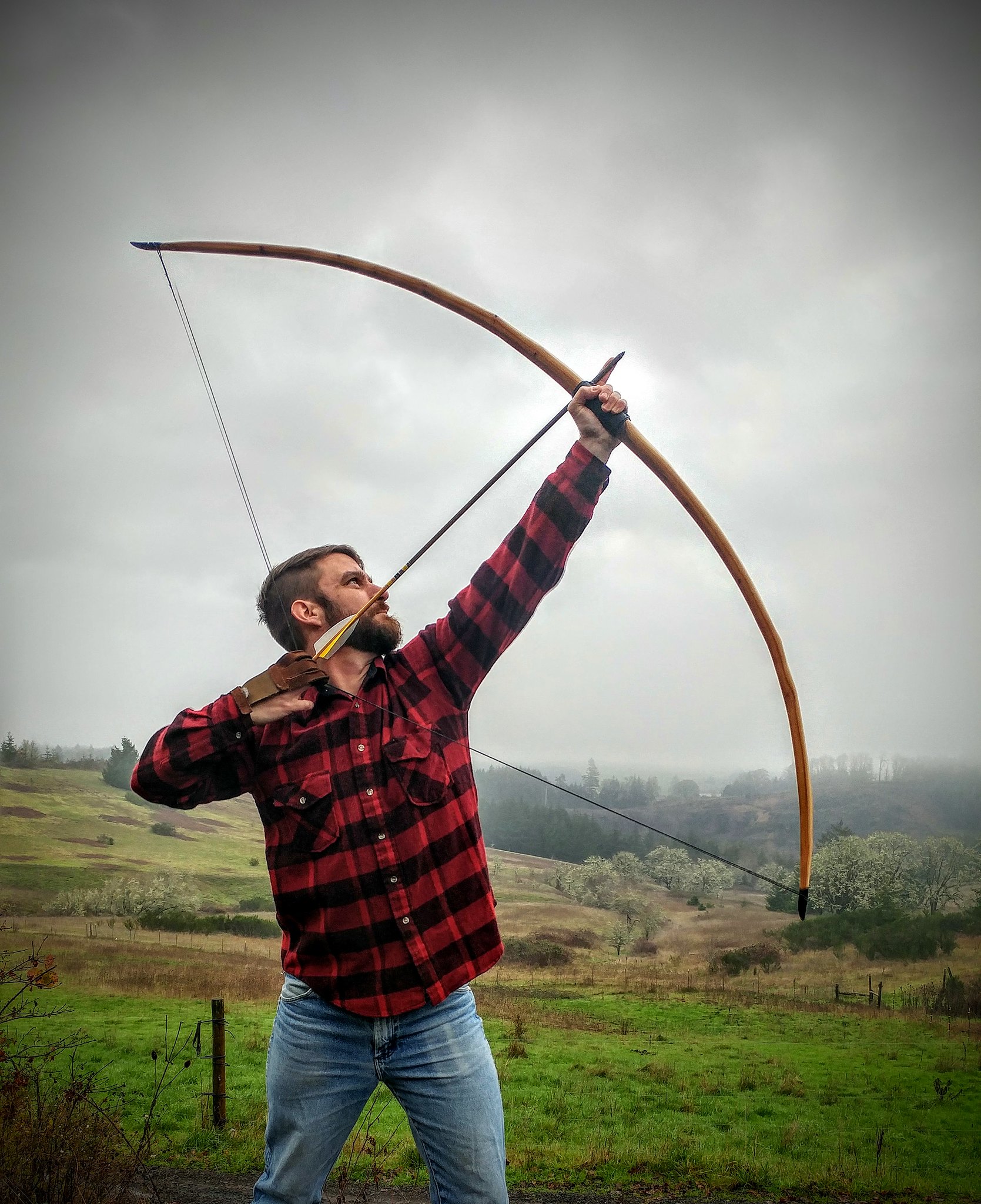vorticism wrote: ↑06 Mar 2022, 19:01
Suggestions so far ITT for this 'longbow' that seem most logical to me. 1.) Simply a transverse leaf spring that allows the torsion & heave springs, and bellcranks, etc., to be lightened (trading the weight of metal parts for the weight of a potentially lighter carbon spring). 2.) Simply one large flexure with a negligible spring rate that allows them to omit some mounting point hardware and add a structural brace through the bulkhead.
If there are kinematic effects maybe they're just consequential. May be worth considering that their last car had this same device, except flipped to the other side of the chassis i.e. in both cars it corresponds with the location of the diagonal suspension rods. For whatever reason, they don't treat the other A-arms the same way. No benefit to having all four arms treated this way? What about the effects of lateral/spanwise forces (from cornering or pullrod loads) on a leaf spring?
https://c4.staticflickr.com/6/5793/3116 ... 5313_k.jpg
It could give a bit of spring action, but then the "bow" already needs some load, the first moments of movement are almost effortless.
I suspect it's more to do with construction. The normal fixing points of a suspension have to very strong and even re-done ever few GP's due to the load and abuse, especially the top brackets. When using a continues rod, there is a lot less force on the tub and inserts, not only making it considerably lighter, but also easier to maintain. The only downsides are that if you need to replace it, for instance, after a small touch of the walls in Q2, there is more work to be done plus you have a little less control over it's precise movements.




